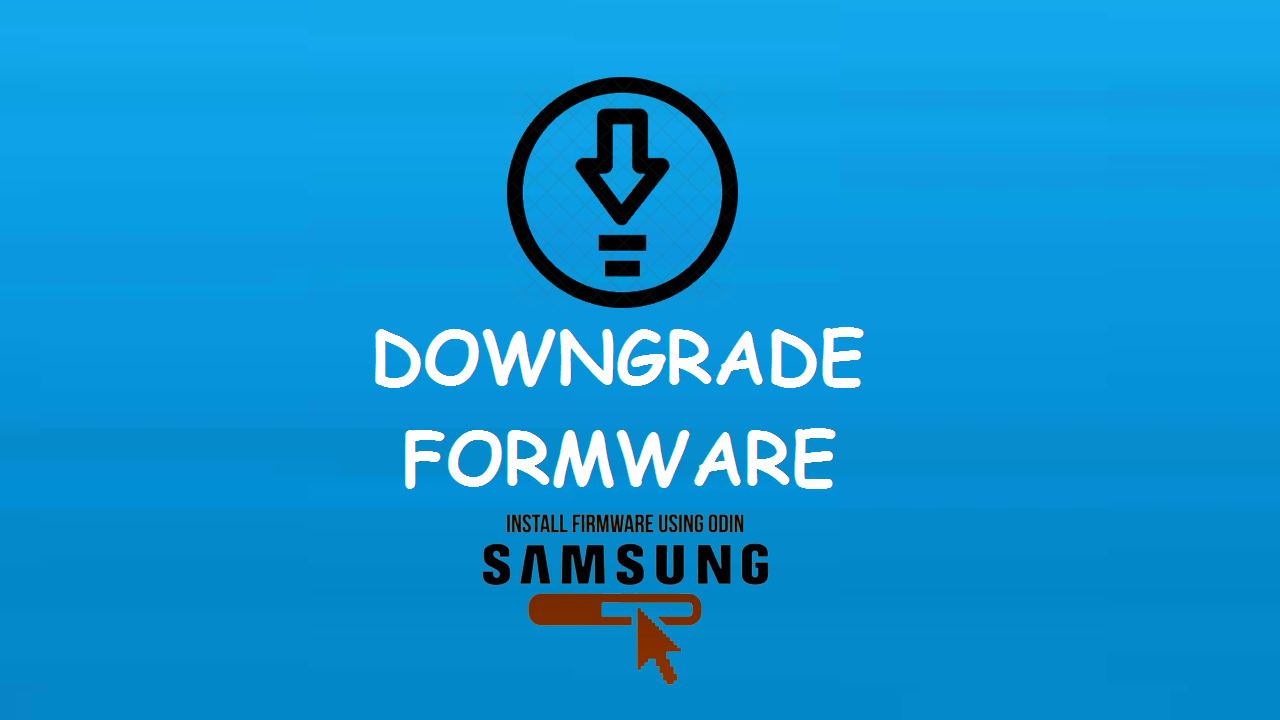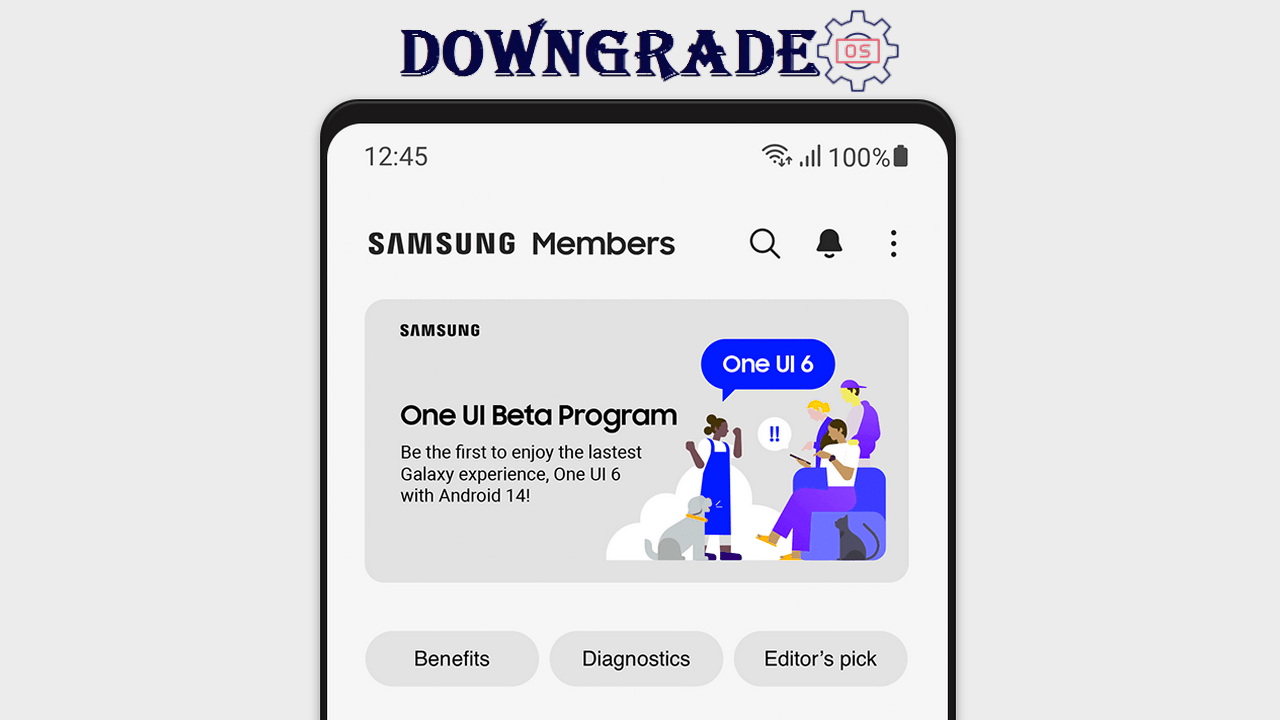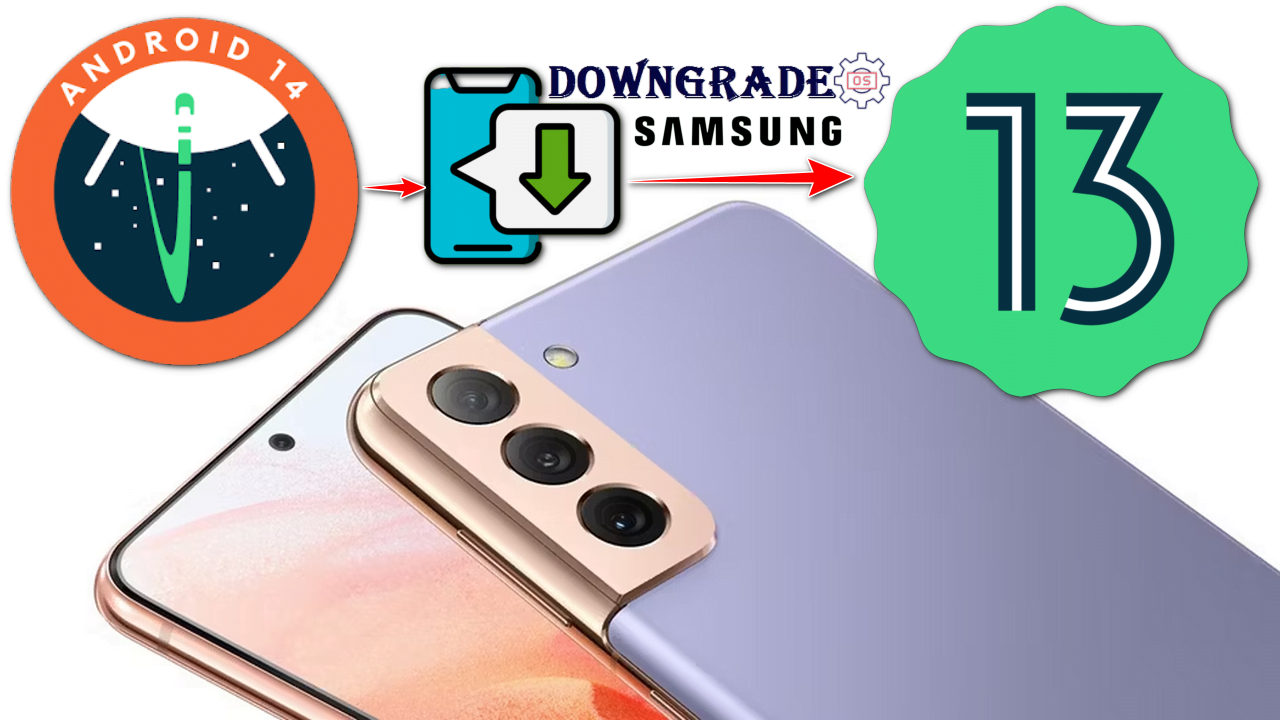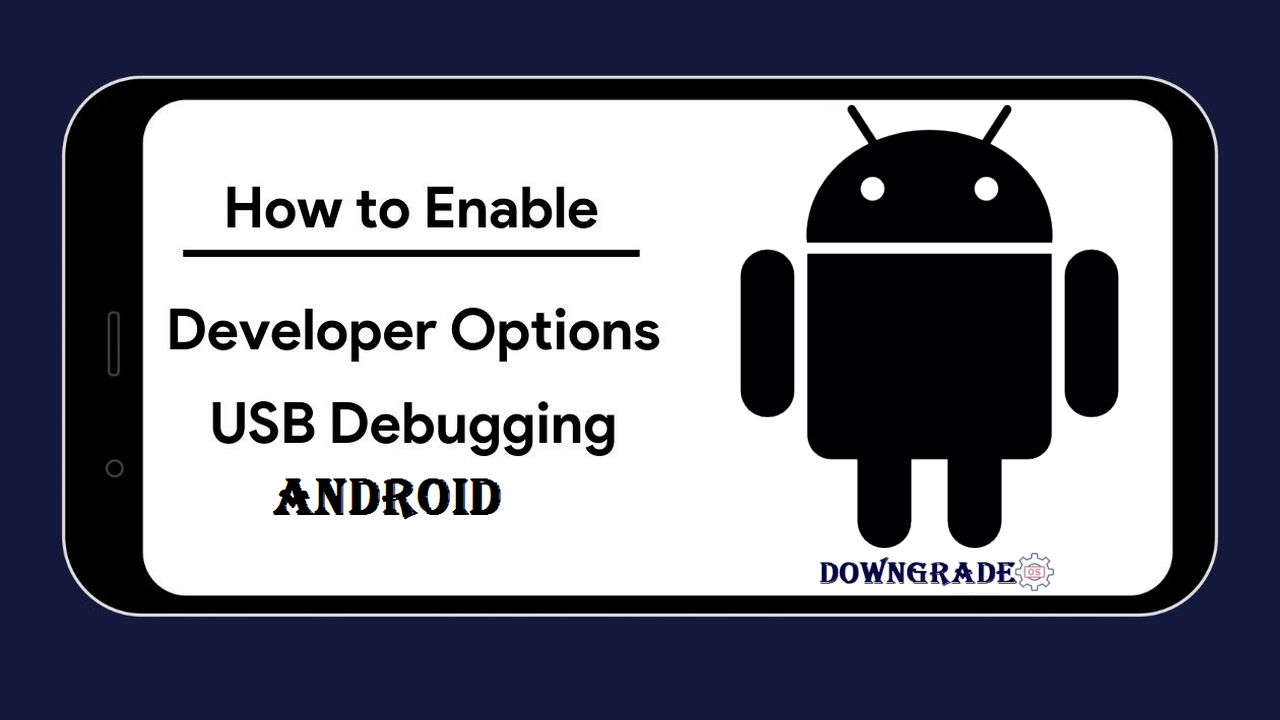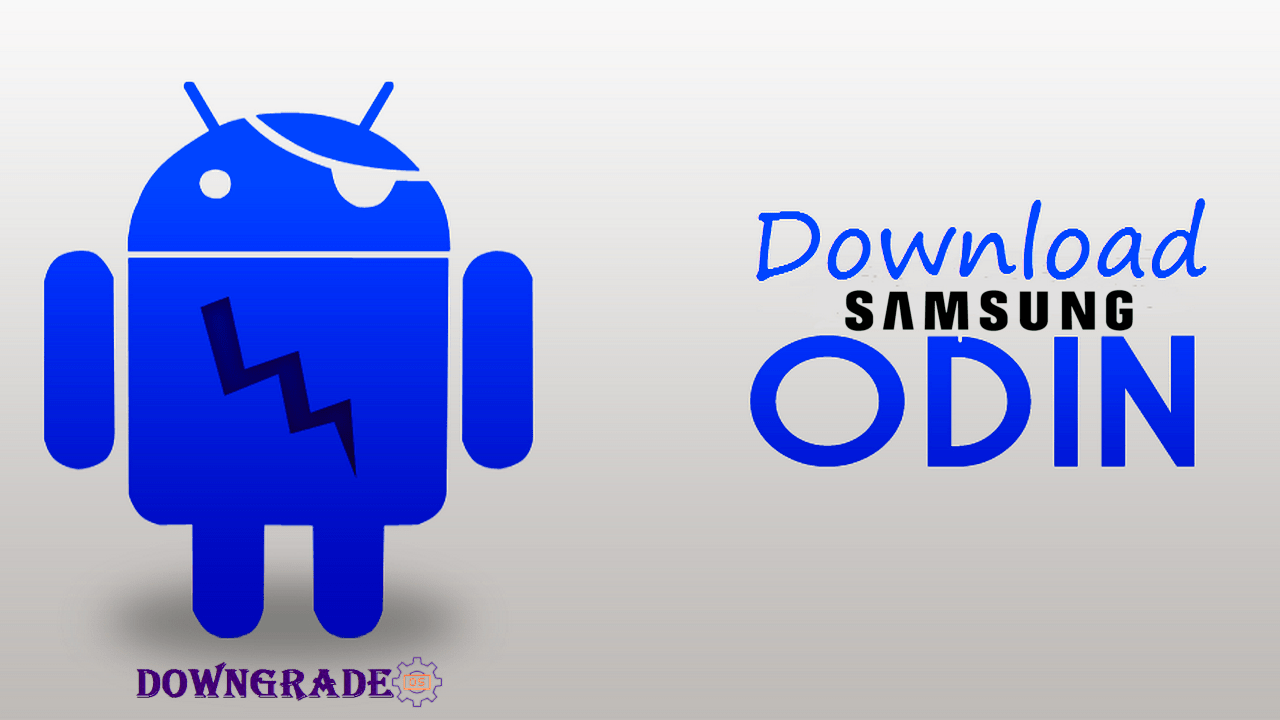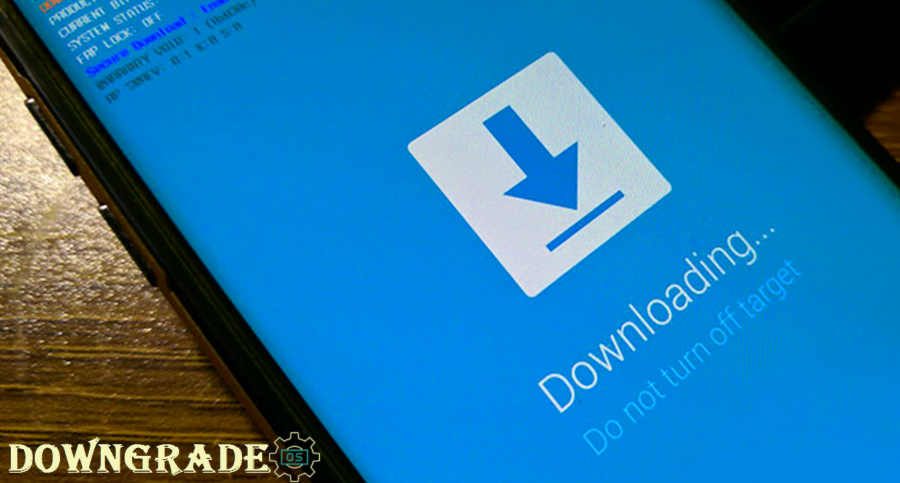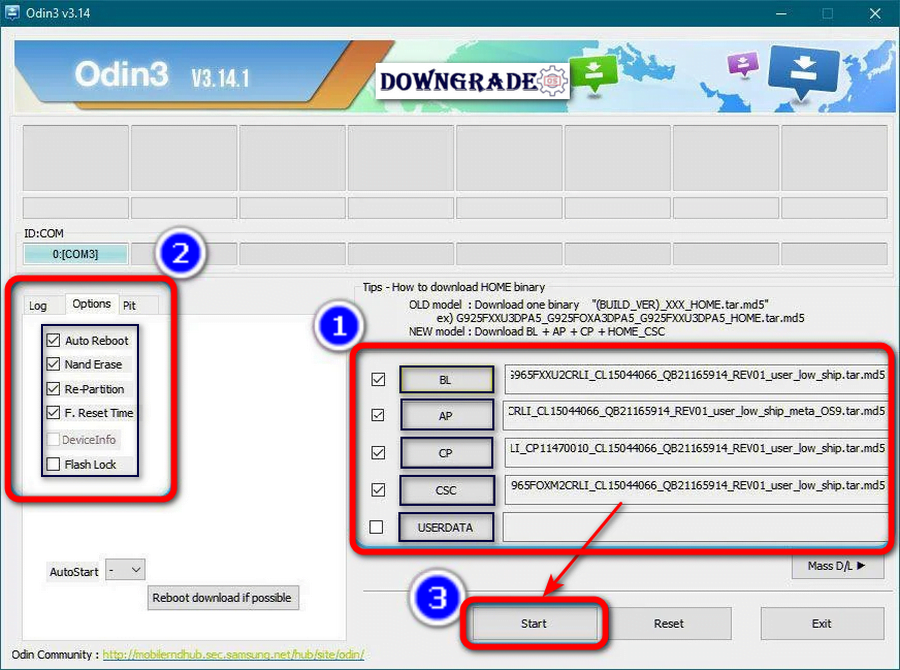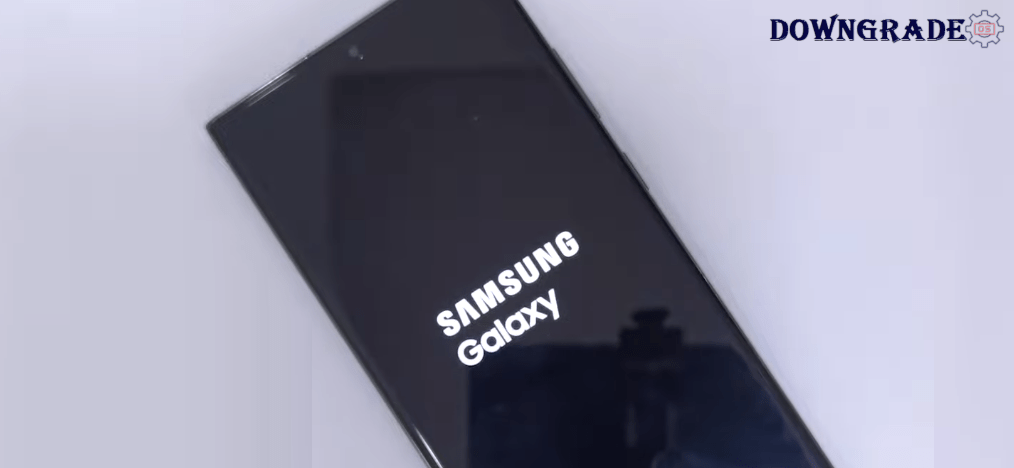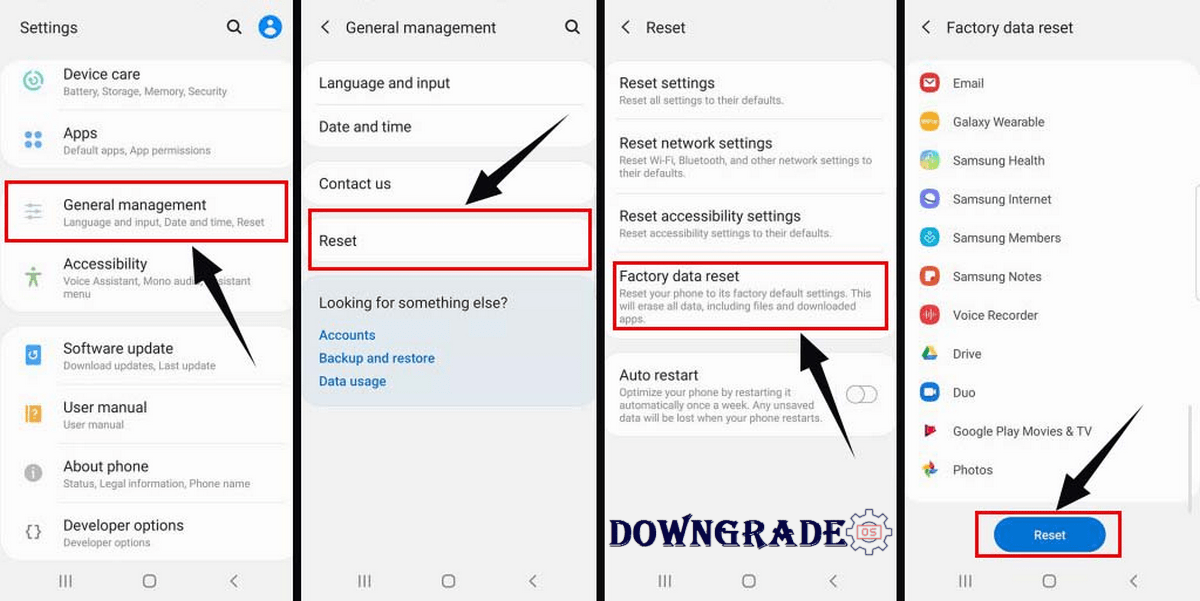Samsung has released the One UI 6.0 update for its Samsung Galaxy S, Z, A, M, F, Xcover, and Tab series handset, which is based on Android 13. Many people have expressed unhappiness with the latest version. If you didn’t like the based One UI 6 (Android14) upgrade, this post is for you. This article will guide you through the process of downgrading Android 14 (One UI 6) to One UI 5.1.1 (Android 13) on your Samsung Galaxy S, Z, A, M, F, Xcover, and Tab device.
What is Android Downgrade or Rollback?
Android rollback, often known as “downgrading,” refers to the act of restoring an Android smartphone to a previous version of the operating system. This entails replacing the current Android version with an earlier version. The phrase “rollback” refers to reverting to a previous software version.
In the case of smartphones and tablets, such as those manufactured by Samsung, Android rollback often entails loading a previous firmware or software update on the device. This is often done to fix issues that may have emerged following an update to a newer version of Android. The following are some typical reasons for wishing to roll back Android:
- Compatibility Issues: New Android updates can sometimes introduce compatibility problems with certain apps, hardware components, or accessories. Rolling back to a previous version can help avoid these issues.
- Performance: Occasionally, a newer Android version might lead to slower performance or decreased battery life on some devices. Rolling back to a previous version might alleviate these problems.
- Bugs and Glitches: New updates can sometimes come with their own set of bugs and glitches. If these issues are significantly affecting the user experience, some individuals might prefer to revert to a more stable previous version.
- User Preference: Users might have personal preferences for an older Android version due to its user interface, features, or other aspects. In such cases, they might choose to roll back to that version.
- Security Concerns: While it’s generally recommended to stay on the latest Android version for security reasons, some users might want to roll back to a version that they perceive as more secure if they believe that the newer version has vulnerabilities.
List of Samsung Galaxy devices that are compatible with the Android 14 (One UI 6.0) upgrade
Galaxy S series
- Galaxy S23 Ultra
- Galaxy S23+
- Galaxy S23
- Galaxy S22 Ultra
- Galaxy S22+
- Galaxy S22
- Galaxy S21 FE
- Galaxy S21 Ultra
- Galaxy S21+
- Galaxy S21
Galaxy Z series
- Galaxy Z Fold 5
- Galaxy Z Flip 5
- Galaxy Z Fold 4
- Galaxy Z Flip 4
- Galaxy Z Fold 3
- Galaxy Z Flip 3
Galaxy A series
- Galaxy A73
- Galaxy A72
- Galaxy A54
- Galaxy A53
- Galaxy A52 (A52 5G, A52s)
- Galaxy A34
- Galaxy A33
- Galaxy A24
- Galaxy A23
- Galaxy A14
- Galaxy A13
- Galaxy A04s
Galaxy M series
- Galaxy M54
- Galaxy M53 5G
- Galaxy M33 5G
- Galaxy M23
Galaxy F series
- Galaxy F54
- Galaxy F23
- Galaxy F14 5G
Galaxy Xcover series
- Galaxy Xcover 6 Pro
Galaxy Tab series
- Galaxy Tab S9 Ultra
- Galaxy Tab S9+
- Galaxy Tab S9
- Galaxy Tab S8 Ultra
- Galaxy Tab S8+
- Galaxy Tab S8
How to Rollback Android 14 (One UI 6) Update on Samsung Galaxy devices?
Rolling back to the previous stable version is the best approach in such instances. However, you should only do it if you are having major problems, as the rollback method might ruin your device and its data.
If you desire to leave One UI 6 and return to One UI 5, the rollback method is detailed below.
Step 1: Backup Your Data
Before attempting any changes to your device’s software, it’s crucial to back up all your important data. This includes photos, videos, contacts, apps, and any other files you don’t want to lose. You can use Samsung’s built-in backup tools or third-party apps for this purpose.
Step 2: Download Downgrade or Rollback Stock Firmware
Find the Samsung Galaxy stock firmware files for the Android version to which you wish to downgrade. These files are frequently available through enthusiast forums or reliable third-party websites. Check that you are downloading the right firmware for your device model and variation.
Download Samsung’s Android 13 (One UI 5.1.1) Downgrade Firmware Model List:
- Galaxy S23 series
- Galaxy S22 series
- Galaxy S21 series
- Galaxy Z Fold 5
- Galaxy Z Fold 4
- Galaxy Z Fold 3
- Galaxy Z Flip 5
- Galaxy Z Flip 4
- Galaxy Z Flip 3
- Galaxy A54
- Galaxy A53
- Galaxy M54
- Galaxy M53
| Official Website: | Download Links: |
| SamMobile | Download |
| SamFW | Download |
Step 3: Enable Developer Options, USB Debugging and OEM Unlock
To proceed with the downgrade, you’ll need to enable Developer Options, USB Debugging OEM Unlock on your device:
- Go to Settings > About phone > Software information.
- Tap on the Build number multiple times until you see a message confirming you’re now a developer.
- Go back to the main Settings screen and now you should see Developer options.
- Enable USB Debugging within the Developer Options menu.
Step 4: Install Samsung USB Drivers
Your computer needs to communicate with your Samsung Galaxy device during the downgrade process. To enable this communication, download and install the official Samsung USB drivers on your computer.
Step 5: Download and Install Odin
Odin is a powerful tool used to flash firmware files into Samsung Galaxy devices. Follow these steps to get Odin:
- Search for the latest version of Odin on our website DowngradeOS.com.
- Download and extract the Odin tool to a location on your computer.
Step 6: Boot into Download Mode
Putting your device into Download Mode is necessary to initiate the firmware flashing process:
- Turn off your device.
- Press and hold the Volume Down + Bixby + Power buttons simultaneously.
- When a warning screen appears, press the Volume Up button to enter Download Mode.
Step 7: Flash the Firmware
Now comes the critical part – flashing the firmware using Odin (Full Guide):
- Open Odin on your computer by launching the executable file you extracted.
- Connect your Samsung Galaxy device to your computer using a USB cable.
- In Odin, you’ll see various options and buttons.
- Click on the AP (or PDA in some versions) button and browse the firmware file you downloaded earlier.
- Make sure only the Auto Reboot and F. Reset Time options are checked in Odin.
- Double-check everything to ensure accuracy.
Step 8: Start the Flashing Process
With all the settings in place, it’s time to start flashing the firmware:
- Ensure your device is still in Download Mode and connected to your computer.
- In Odin, click the Start button to begin the flashing process.
- The process may take a few minutes. Do not disconnect your device during this time.
Step 9: Wait and Reboot
As the firmware is being flashed onto your device, you’ll need to be patient:
- Keep an eye on the progress bar in Odin.
- Once the process is complete, you’ll see a Pass message in Odin.
- Your device will automatically reboot.
Step 10: Factory Reset (Optional)
After downgrading, you might encounter compatibility issues due to remnants of the previous Android version. To mitigate this, you can perform a factory reset:
- Make sure your device is powered off.
- Press and hold the Volume Up + Bixby + Power buttons simultaneously to enter Recovery Mode.
- Use the volume buttons to navigate to the Wipe data/factory reset option and use the Power button to select it.
- Confirm the factory reset and wait for the process to complete.
- Reboot your device.
Conclusion
Downgrading Android on a Samsung Galaxy is a complicated procedure that must be done carefully. While this article gives a full description of the methods required, it’s important to understand that downgrading your Android version comes with hazards. You may experience data loss, app incompatibilities, and security flaws. Before you begin, thoroughly investigate the process for your unique device type, and consider obtaining expert assistance if you are unsure.
If you wanna learn more about my best downgrading OS (Operating System) content tips so that I can help you create content on DowngradeOS.com every day, check out my recent posts on our “Facebook” or “Twitter” and follow our social network accounts.
